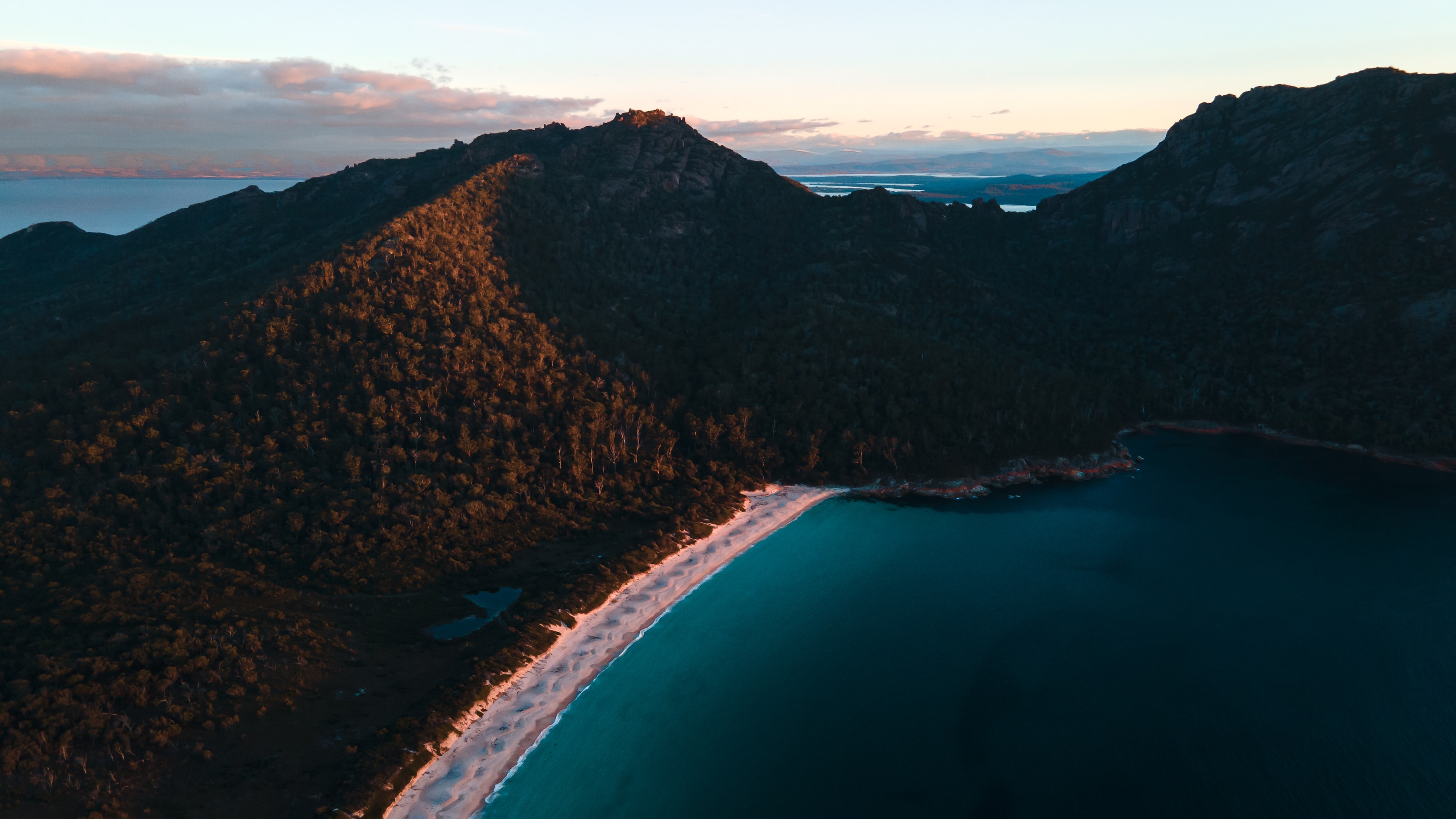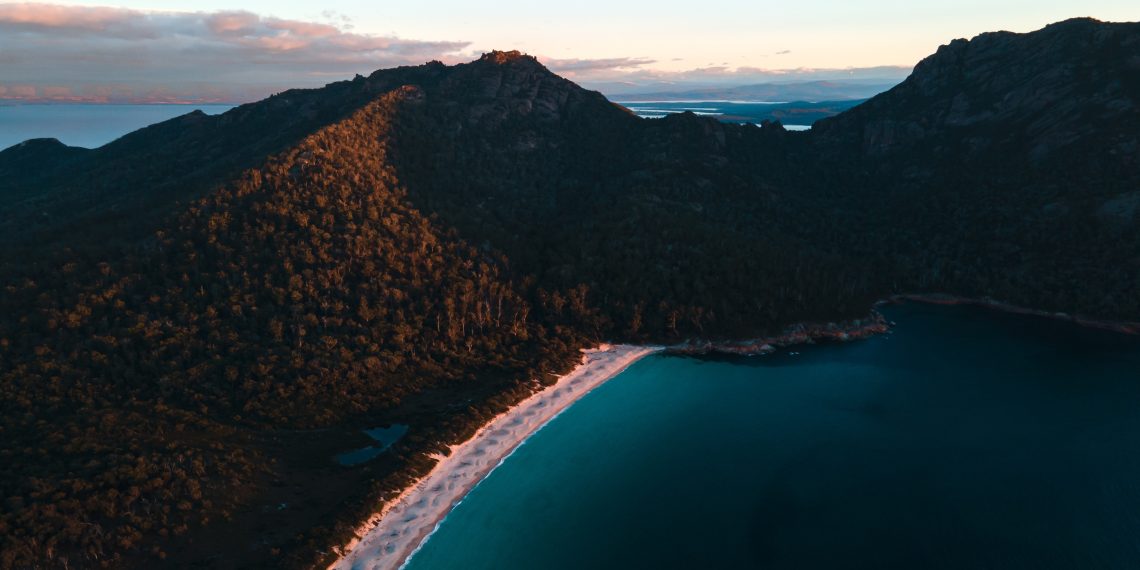Are there crocodiles at Ningaloo?
When people think of Ningaloo, the first thing that comes to mind is its awe-inspiring coral reefs. But amidst the beauty and tranquility of this World Heritage-listed site, visitors often wonder: are there any crocodiles at Ningaloo?
The answer is no. Ningaloo Reef is located on the western coast of Australia, specifically in the region of Western Australia. Crocodiles, on the other hand, are predominantly found in the northern part of Australia, particularly in the rivers and estuaries of Queensland, Northern Territory, and Western Australia’s Kimberley region.
While crocodiles do have an extensive distribution range, Ningaloo Reef is not part of their natural habitat. This is primarily due to the water temperature and salinity level, which are not suitable for these reptiles.
Why are crocodiles not found at Ningaloo?
Ningaloo Reef is characterized by warm tropical waters and fringing coral reefs, making it a haven for a variety of marine life. However, crocodiles prefer brackish water habitats, such as rivers, estuaries, and mangrove swamps. The water of Ningaloo Reef is too salty for their liking.
Additionally, crocodiles are highly territorial creatures and require a vast territory to establish their home range. The limited size of Ningaloo Reef would not be able to support a crocodile population.
What wildlife can be found at Ningaloo?
Although crocodiles may be absent at Ningaloo, the reef is teeming with other fascinating marine wildlife. Snorkelers and divers can spot a variety of fish species, including colorful parrotfish, graceful manta rays, and even the gentle whale shark, the world’s largest fish.
For those who prefer to stay on land, Ningaloo also offers the opportunity to spot several terrestrial animals. Visitors may encounter kangaroos, emus, and reptiles such as goannas and lizards. The area is also a haven for birdwatching enthusiasts, with over 200 bird species recorded in the region.

How to explore Ningaloo safely
While Ningaloo is generally a safe destination, it’s important to remember that it is a protected marine and terrestrial environment. To ensure a safe and enjoyable experience, here are a few guidelines:
- Always swim and snorkel with a buddy.
- Follow any warnings or advice given by local authorities or park rangers.
- Respect the fragile coral reefs and do not touch or step on them.
- Do not feed or harass any wildlife.
- Stay hydrated and wear sunscreen to protect against the strong Australian sun.
By respecting the natural beauty and wildlife of Ningaloo, visitors can create unforgettable memories while preserving this unique destination for future generations to enjoy.

